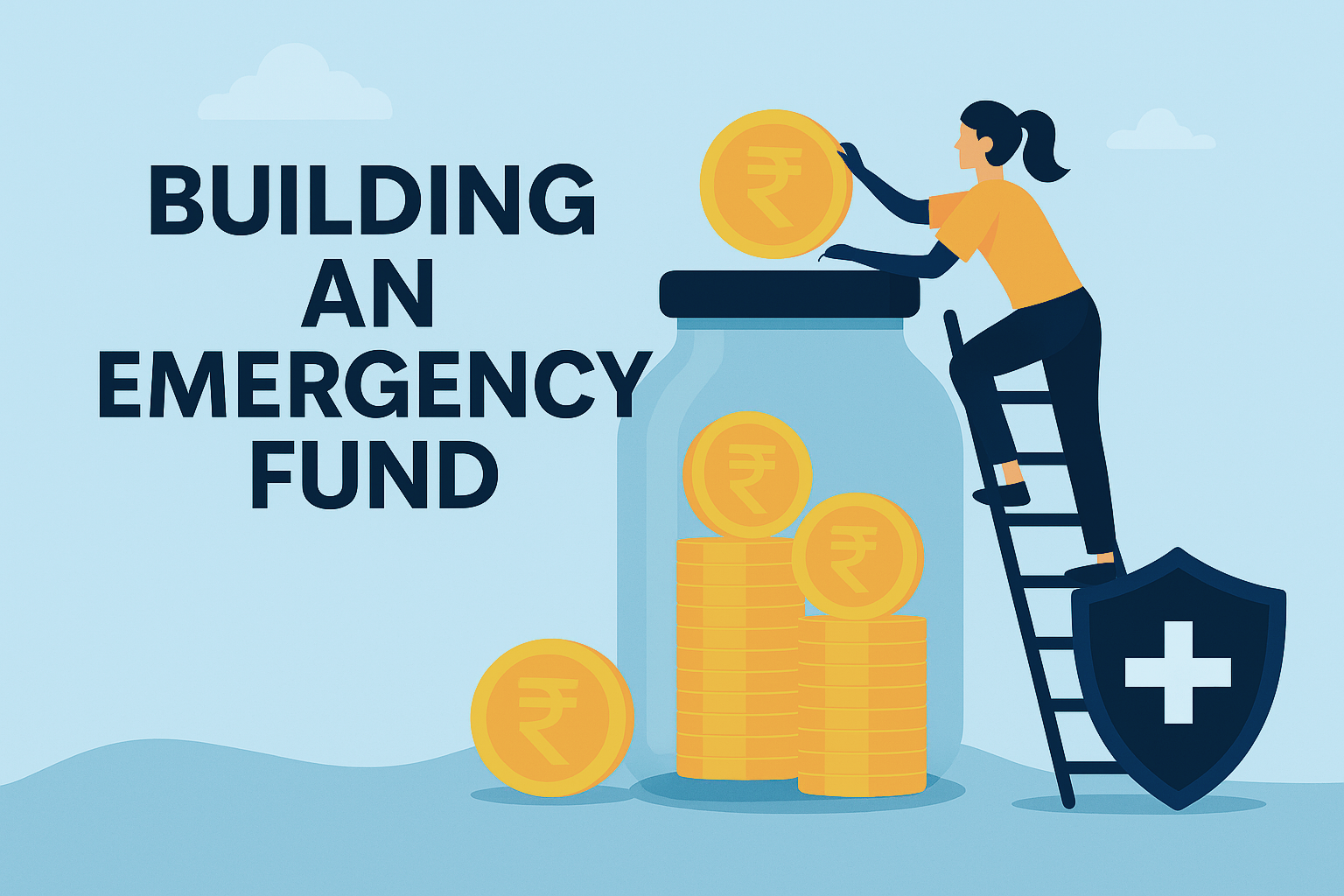
How to Build an Emergency Fund (Without Stressing About It)?
Last published/edited on 2025-05-13
Let’s face it — adulting is hard. From surprise medical bills to job loss or car repairs, life throws curveballs when we least expect them. That’s where your emergency fund steps in like a financial superhero. But what exactly is an emergency fund? How much should you save? And where do you even begin? Let’s break it down in simple, non-jargony terms.
What Is an Emergency Fund?
An emergency fund is money you set aside specifically for unexpected expenses, things that aren’t part of your monthly budget.
Think:
- Medical emergencies not covered by insurance.
- Sudden home or car repairs.
- Job loss or pay cuts.
- Emergency travel (especially for family).
It’s not for:
- Upgrading your iPhone.
- Weekend getaways.
- Online shopping “accidents”.
Why Do You Need One?
According to a TOI, 75% of Indian households don’t have enough savings to survive beyond 3 months without income. That’s scary. But it’s also fixable. Having just ₹50,000 to ₹1 lakh set aside can help you avoid:
- Taking high-interest loans
- Liquidating long-term investments (like your ELSS or SIPs).
- Stressing about money when you should be healing or recovering.
How Much Should You Save?
- The golden rule = 3 to 6 months' worth of expenses.
Example: Monthly expenses (rent + groceries + bills) = ₹30,000
- Emergency fund goal = ₹90,000 to ₹1,80,000 If you’re a freelancer or have variable income, aim for 6–9 months instead.
How to Start Building an Emergency Fund — Step-by-Step
Step 1: Set a Mini Target- Start with just ₹10,000. It’s doable and gives you quick momentum.
- Zero balance requirement.
- Good mobile access.
- Higher interest (like SBI Digital Savings, Airtel Payments Bank, etc.).
- Don't mix it with your spending account.
- Even ₹2,000/month builds ₹24,000 in a year — and that’s tax-free interest!
- Step 4: Use Bonuses or Freelance Gigs
- Got a Diwali bonus? A side hustle payout? Redirect part of it to your emergency fund before you splurge.
Use:
- High-interest savings accounts.
- Liquid mutual funds (low risk, fast redemption).
- Recurring deposits with easy break clauses.
Avoid:
- Fixed deposits with heavy penalties.
- Equity or crypto (too volatile).
Must DO’s:
- Review it annually. If your expenses grow, so should your fund.
- Don’t stop your SIPs to build this — instead, balance both.
An emergency fund isn’t just about money — it’s about peace of mind. It lets you face life’s surprises without panic, without debt, and without guilt. Start small. Stay consistent. You’ll thank yourself later.
